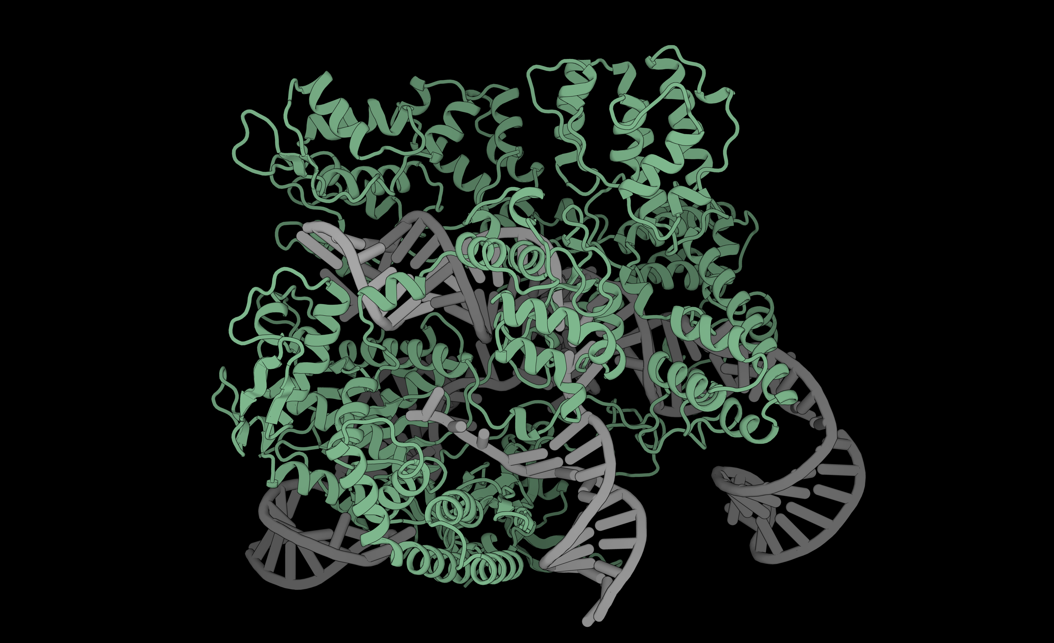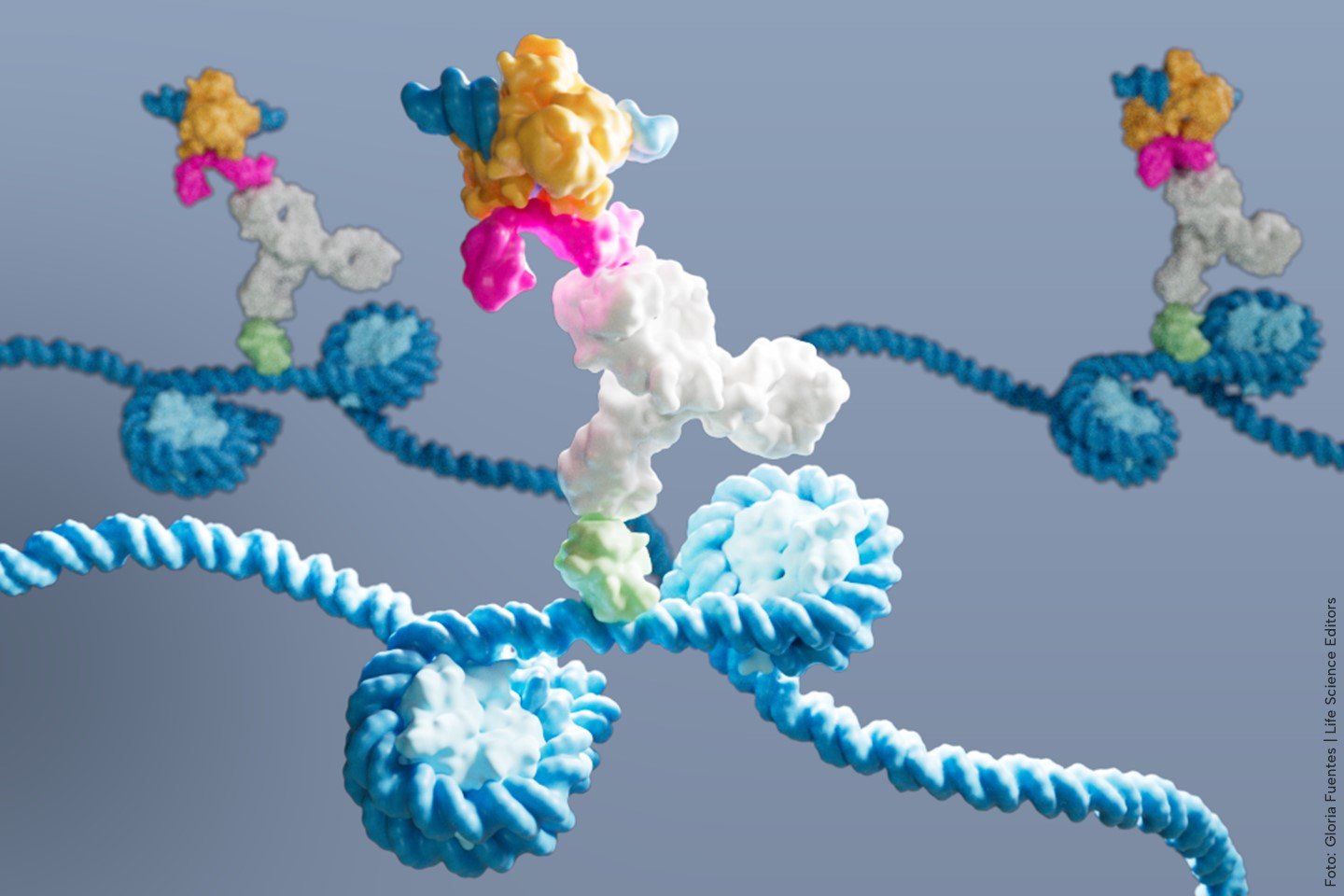Sarepta Therapeutics said it will eliminate 36% of its workforce—approximately 500 jobs—in a restructuring that follows the deaths of two Duchenne muscular dystrophy (DMD) patients following treatment with the marketed gene therapy Elevidys® (delandistrogene moxeparvovec-rokl).
Under the restructuring, which was announced Wednesday after the close of the markets, Sarepta will pivot much of its research and development toward therapies for five rare genetic diseases that were developed through its silent RNA (siRNA) platform, and away from gene therapies such as Elevidys.
Elevidys is the only gene therapy that has won FDA approval as a treatment for DMD. Two patients who died after being treated with Elevidys succumbed to acute liver failure: A 16-year-old young man who passed away in March, and a patient of undisclosed age who died last month.
Following the June death, Sarepta temporarily suspended shipments of Elevidys for infusion in non-ambulatory patients and convened a committee of experts in Duchenne and liver health to consider an enhanced immunosuppression regimen for Elevidys.
Sarepta disclosed that the FDA has requested that Elevidys’ label include a black box warning for acute liver injury and acute liver failure (ALF), a request supported by Sarepta.
The committee has come to an agreement on an enhanced immunosuppressive regimen with sirolimus in non-ambulant patients. Sarepta said it will submit the panel’s findings and proposed protocol to the FDA “imminently” and will discuss its plan to gather data on the regimen through a new eighth cohort in its Phase I ENDEAVOR trial (SRP-9001-103; NCT04626674), with the goal of re-establishing dosing in non-ambulant patients.
“Faced with environmental challenges, we have decided to act decisively, implementing a focused strategy to ensure Sarepta remains a vibrant, financially enduring, patient-centric organization dedicated to improving the lives of those with genetic diseases,” Sarepta CEO Doug Ingram said in a statement.
Ingram had also held the title of president until Monday, when the board named Ian Estepan as president and COO, who was promoted from executive vice president, CFO. Succeeding Estapan as CFO is Ryan Wong, who since March has served as senior vice president, strategic finance, treasury, and investor relations. Wong’s appointment took effect Wednesday, as did the appointment of Louise Rodino-Klapac, PhD, as president, research and development and technical operations.
Investors signaled approval of the restructuring—and apparent relief that Elevidys was not withdrawn from the market—by sending Sarepta shares soaring 35% in after-hours trading, to $24.75 from $18.38 at the closing bell.
Blocking and tackling
“SRPT is starting to block and tackle on the commercial, regulatory, clinical, and financial fronts,” Jefferies equity analyst Andrew Tsai wrote in a research note. “Add[itional] updates today could help reassure investors on Elevidys’ sales outlook [and thus SRPT’s cost structure], but we acknowledge more updates will be needed for uncertainty to fully subside.”
Sarepta expects to generate more than $100 million in cost savings through the end of 2025, net of estimated severance and one-time charges projected to total $32 million to $37 million.
“The company expects the reduction in force to be substantially completed by the end of the third quarter of 2025,” Sarepta stated in a regulatory filing.
According to that filing, one of the Sarepta staffers losing their jobs was Dallan Murray, executive vice president, chief customer officer, effective July 18—though he will remain a consultant to Sarepta through January 17, 2026.
The pipeline pivot is expected to deliver approximately $300 million in annual non-personnel cost savings starting in 2026.
The pivot away from Elevidys and other gene therapies will focus resources on programs to develop chronically administered siRNA treatments for neurodegenerative and pulmonary diseases, including facioscapulohumeral muscular dystrophy (FSHD), myotonic dystrophy type 1 (DM1), spinocerebellar ataxia type 2 (SCA2), idiopathic pulmonary fibrosis, and Huntington’s disease.
In addition, Sarepta is pursuing preclinical programs to develop therapies for spinocerebellar ataxia type 1 (SCA1) and spinocerebellar ataxia type 3 (SCA3). The company is also carrying out an exclusive collaboration with Arrowhead Pharmaceuticals to develop therapies for skeletal muscle diseases, with plans to pursue up to six discovery targets in muscle or central nervous system disorders.
The company reasons that the programs offer what it terms “tremendous” short-term potential, and address areas of significant unmet medical need with treatment approaches that could prove to be best-in-class.
Sarepta said it will pause development of most of its gene therapies in development for limb-girdle muscular dystrophy (LGMD) and pursue partnerships among strategic alternatives for programs it will no longer fund directly. However, Sarepta still expects to submit a Biologics License Application for SRP-9003 for LGMD type 2E/R4 in the second half of this year.
Continuing support
Ingram stated that Sarepta will continue to market and support Elevidys and three RNA-based phosphorodiamidate morpholino oligomer or PMO treatments indicated for DMD.
According to preliminary second-quarter results released by the company, Elevidys generated $282 million in net product revenue, accounting for 55% of the $513 million in total net product revenues reported by Sarepta. The remaining $231 million was generated by Sarepta’s three PMOs
Sarepta projects it will save approximately $400 million annually as a result of the restructuring, which will lower the company’s average annual non-GAAP R&D and selling, general, and administrative (SG&A) expenses to between $800 million and $900 million starting next year.
“With our financial performance, we will advance our high-value, focused pipeline of programs for rare genetic diseases, primarily relying on the siRNA platform, while ensuring we meet our financial obligations,” Ingram added.
Those obligations include repayment of a convertible note due in 2027. In ensuring that the note can be repaid, Sarepta said the restructuring was also designed to ensure the company retains access to a $600 million revolving credit facility and generates strong cash flow. Sarepta reported finishing the second quarter with cash, cash equivalents, restricted cash, and investments of approximately $850 million.
The company finished 2024 with $804.522 million in R&D costs, down 8% from $877.387 million a year earlier. SG&A expenses last year were $557.872 million, up nearly 16% from $481.871 million in 2023.
The post Sarepta Axes 500, 36% of Workforce, in Restructuring after DMD Patient Deaths appeared first on GEN – Genetic Engineering and Biotechnology News.




